Announcements, Blog, E-Mount Cameras
Sony A7SIII
The wait is finally over. The much anticipated A7SIII (five years in the making) has finally been announced … and it’s feature list will impress most, but probably not all, videographers (more about that later). The king of low-light full frame movie capture now has a worthy successor in the new A7SIII. If you were waiting for 8K capture you can stop reading now. If you were waiting for a camera that is the best no-compromise camera to capture the finest 4K video files – read on.
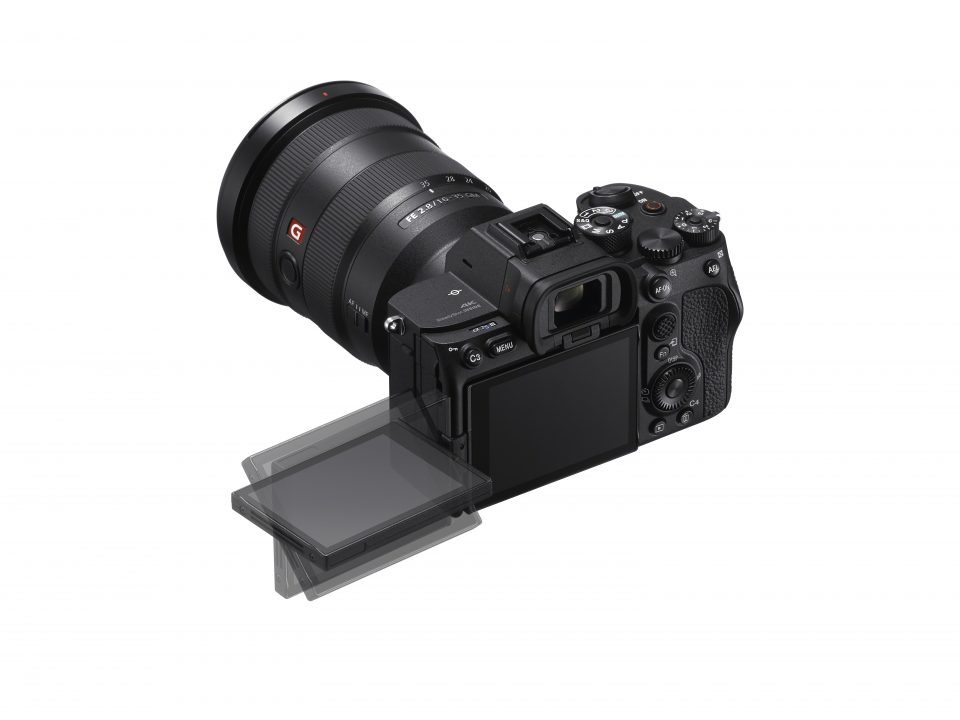
The camera looks very much like an A7RIV with a variable angle LCD screen, but the similarities end there. The camera is optimised for 4K no-compromise movie-recording capabilities. ALL frame rates including 120p are now available in 10 Bit 4.2.2 with no pixel binning. This will undoubtedly provide this camera with the BEST quality 4K movie files – even when the ambient light conditions are really dim and the ISO levels are really high. The higher bit depth will mean that the movie files can be graded more aggressively in post, while still maintaining smooth transitions of colour and tone (essential for S-log3 movie recording).
10 Bit 4.2.2
The camera uses a completely new backlit-illuminated 12-Megapixel sensor, that delivers twice the readout-speed of a conventional backlit-illuminated sensor, in order to deliver high frame-rate 4K 60p and 120p video at higher bit-depths (4.2.2). Sony have managed to achieve this without resorting to using the ‘Stacked CMOS’ sensor design as seen in the A9 cameras. The faster readout speed should significantly reduce the effects of rolling shutter. Sony have also added a new Bionz-XR processor, that is 8x faster than its previous Bionz-X processor, and a new and fast media card (CFexpress Type A) to support the large, and less compressed, 4K movie files that are capable of being generated by the camera. Sony have created dual card-slots that will take either SDXC-II cards or the newer CFexpress Type A Cards with read and write speeds of 800 and 700 MB/s respectively.
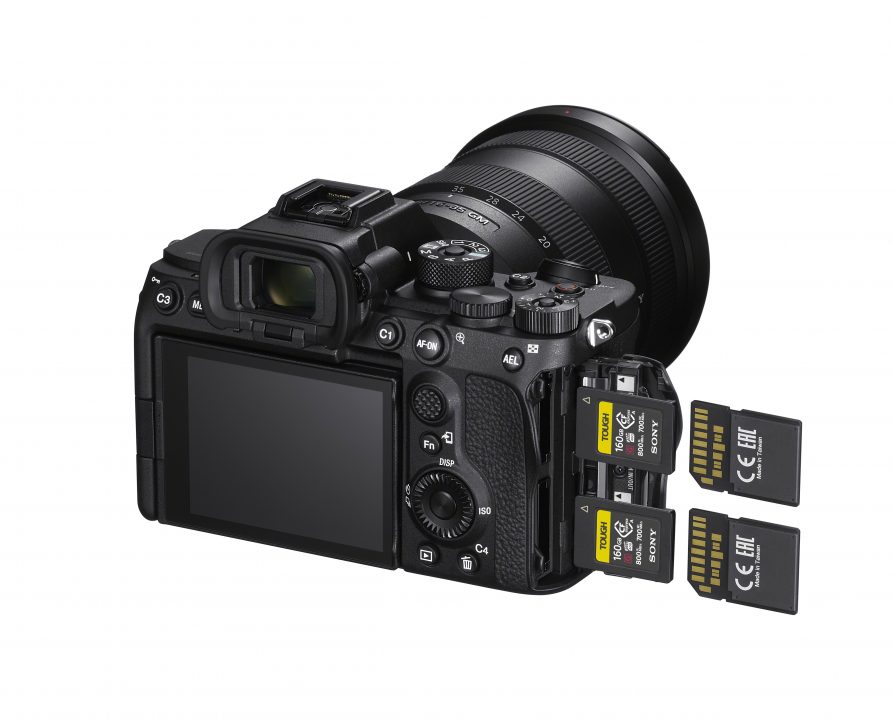
I believe that this camera will tick every box that the vast majority of pro movie-makers will have been waiting for and expecting. The only thing that some people may have been expecting is a higher-resolution sensor capable of of 6K or 8K movie capture. Sony have, however, decided not to compromise the quality and speed of data transfer by using a higher-resolution sensor. This includes the need to prioritise dynamic range, high frame rates, high ISO performance, high bit-depths and no pixel-binning in order to create ultra-sharp 4K movies of the highest quality. Perhaps the most significant reason to keep the resolution to 4K on this camera is so that it can record 4K movies at high frame rates until the battery is exhausted (typically over one hour of continuous recording). Sony appear to have resolved any heating issues that continue to plague 4K capture on other competing cameras with the use of a new heat-dissipating structure. inside the camera body.
Note to Apple Users > Safari browser does not support 4K so use the Google Chrome Browser
New to the A7S cameras is the use of fast Phase-Detect AF, even at the highest frame rates. The use of high frame rates is not compromised in any way. We can use Eye AF or Animal Eye AF, Touch Tracking and Touch Focus to pull or ‘rack’ focus in any movie format.
As well as the 5-Axis IBIS (In Body Image Stabilisation) Sony has added a new ‘Active Stabilisation’ which will help to deliver steady footage even while the videographer is on the move. In some instances this may even replace the need for a separate gimbal to steady the footage. This active stabilisation sacrifices 10% of the sensor area but is still available in the 4K video format.
Amongst a host of improvements Sony have decided to completely overhaul the menus of this camera and and make them accessible from the touch screen. Sony has also seen fit to increase the resolution of the finder to a whopping 9.44 million dot resolution and add the digital audio recording interface first seen on the A7R IV camera. A full size HDMI port on the camera allows 16-Bit Raw movie files to be recorded to a separate recording device.
Conclusion
They say you can please all of the people some of the time but that you can’t please all the people all of the time. The A7SIII will, however, be a godsend for most professional and keen-amateur videographers who value capturing the highest quality 4K video footage in a light and portable mirrorless camera. This camera is further evidence that Sony have worked long and hard to satisfy the needs of a discerning professional consumer base and have not decided to chase higher resolution video capture merely for bragging rights. In an era where many clients still only expect Full HD (1080p) video formats, the 4K capability of the A7SIII will meet the needs of most professional videographers ALL of the time.
Specification List
- 4K video (24, 30p 60p and 120p) in 10 Bit 4.2.2 Colour
- Brand new 12.1-megapixel (approx., effective) back-illuminated full-frame Exmor R™ CMOS image sensor and a newly developed BIONZ XR™ image processing engine with eight times more processing power[1]and significantly reduced rolling shutter effect[2]
- Ultra-high sensitivity with ISO4 range expandable from 40 – 409600[3], and improved image quality by approximately 1 stop noise reduction4 in the middle and high sensitivity ranges
- Video recording capabilities include 4K 120p1, 10 bit 4:2:2 colour depth, All-intra recording, XAVC HS format with H.265 codec and more
- 15+ stop dynamic range for movies[4]
- 16-bit RAW video HDMI output for the first time in the Alpha™ series
- Fast Hybrid AF system with a 759 point phase-detection[5] covering 92% of image sensor
- Enhanced Real-time Eye AF for movie recording[6] and still image recording
- New heat dissipating mechanism and dual slot relay recording enables over one-hour long 4K 60p 10-bit 4:2:2 movie shooting until battery ends[7]
- 5-axis in-body image stabilisation supports handheld movie shooting, with added Active Mode[8] for supporting especially difficult handheld movie shooting
- New world’s brightest[9] and largestxii 0.64-type 9.44 million dot OLED electronic viewfinder
- Side opening variable angle LCD screen enhances shooting flexibility
- Completely redesigned menu system with touch screen interface and touch operation
- High-speed continuous still image shooting at up to 10 fps[10] for more than 1,000 consecutive uncompressed RAW images[11] with full AF / AE tracking
- Dual CFexpress Type A card slots that enable high speed data processing while keeping the compact size
- [3] 40 to 409,600 for stills and 80 to 409,600 for movies. Sony test conditions
- [4] S-Log3 movies, Sony test conditions
- [5] When shooting full-frame still images. The number of AF points used depends on the shooting mode.
- [6] This function does not track animal eyes
- [7] Sony test conditions. XAVC S-I 10-bit 4:2:2, 25 deg C (ambient, camera when recording started), Auto Power Off Temperature: High. The value will vary depending on the shooting conditions
- [8] In active mode, the shooting angle of view is slightly narrowed. If the focal length is 200 mm or more, it is recommended to set to standard
- [9] As of July 2020, Sony survey. Among full-frame mirrorless cameras
- [10] Up to 10 fps in continuous “Hi+” mode, and up to 8 fps in continuous “Hi” mode Maximum fps will depend on camera settings
- [11] Requires CFexpress Type A memory card
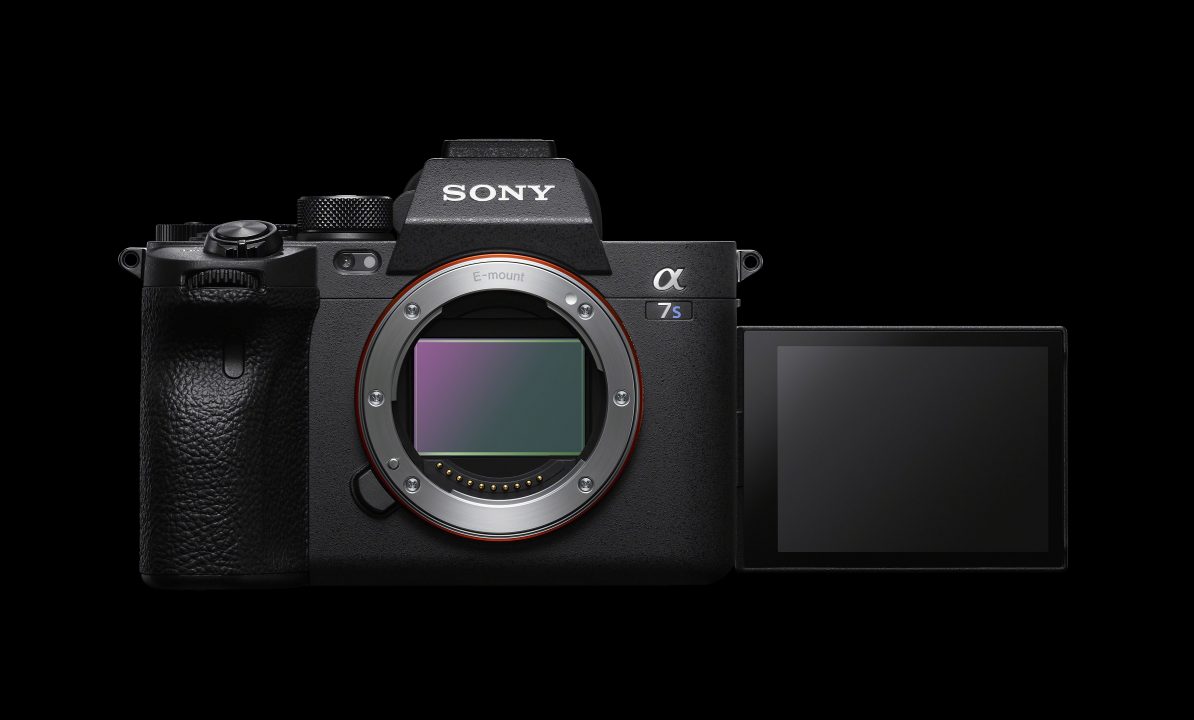
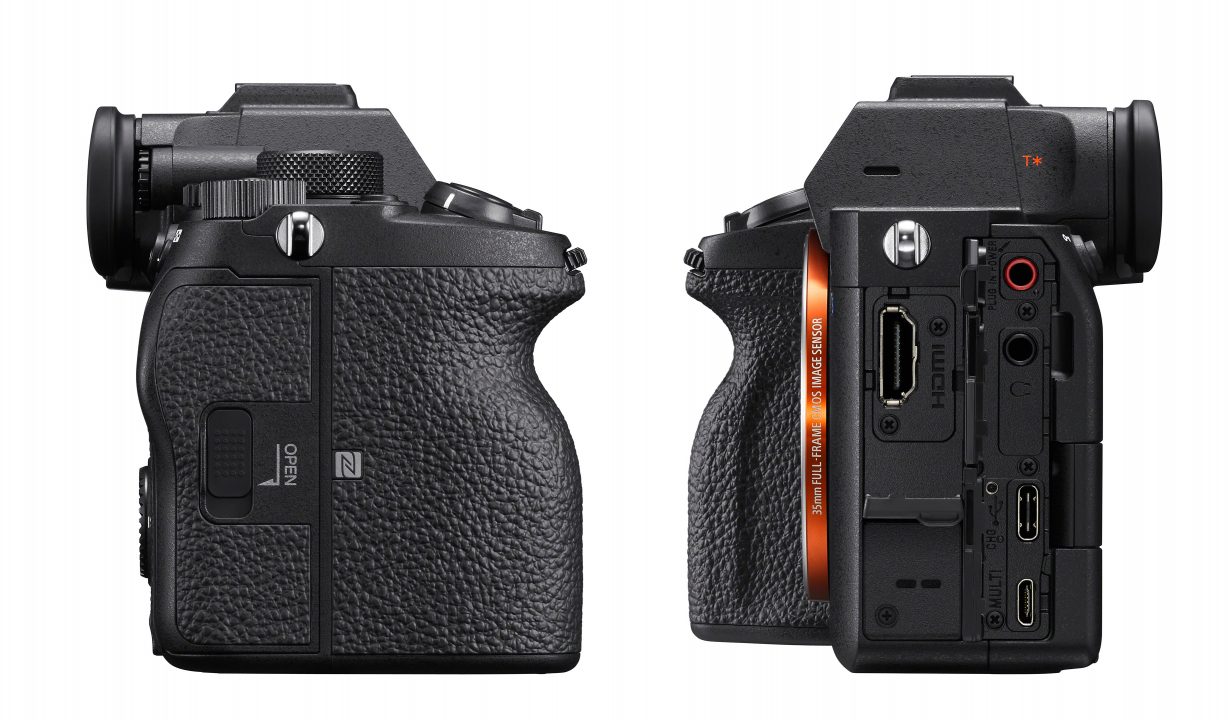
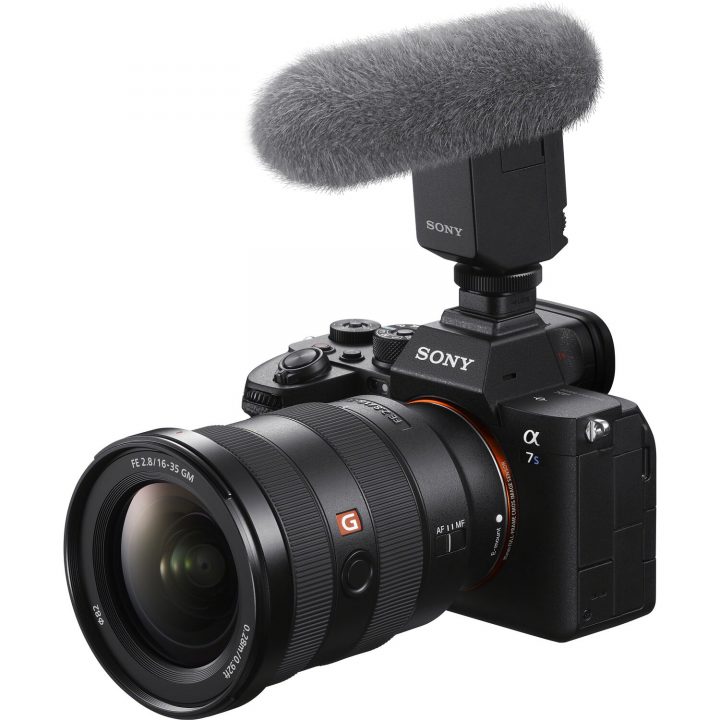
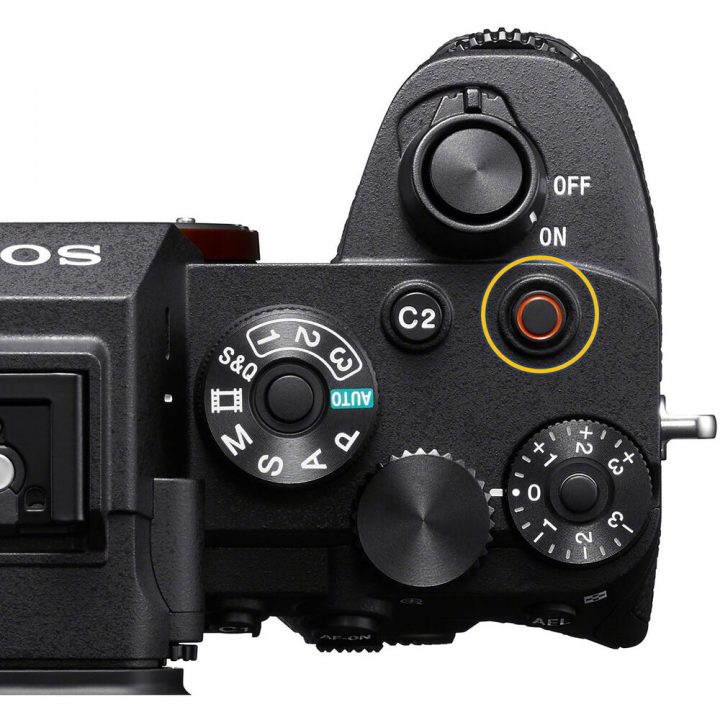
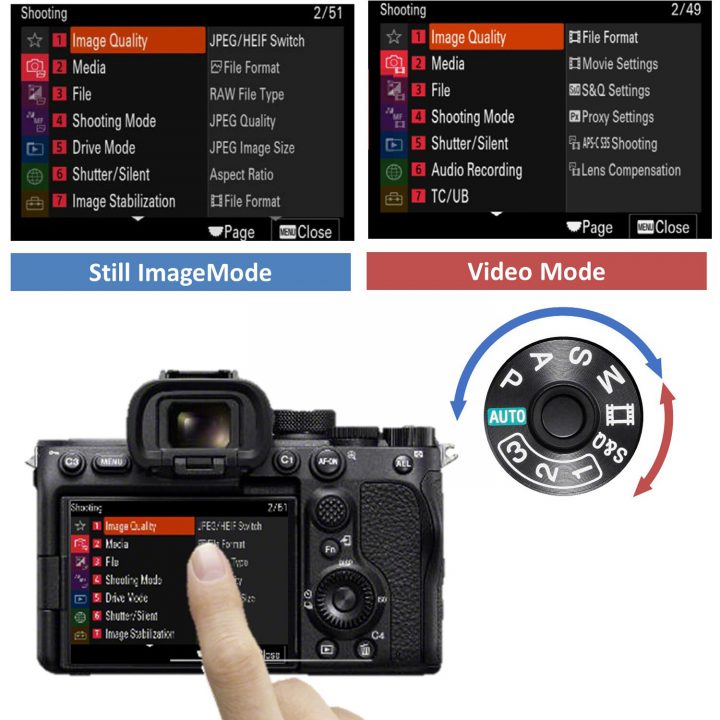
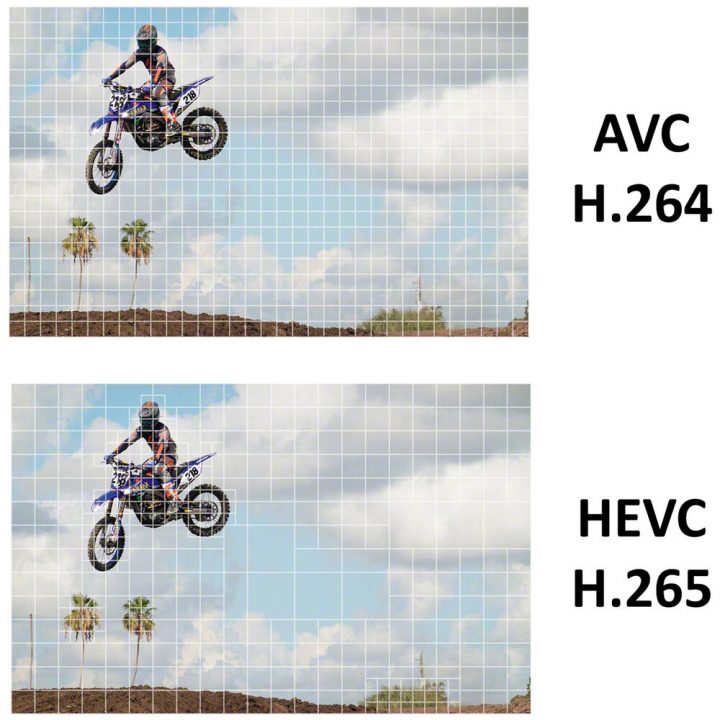
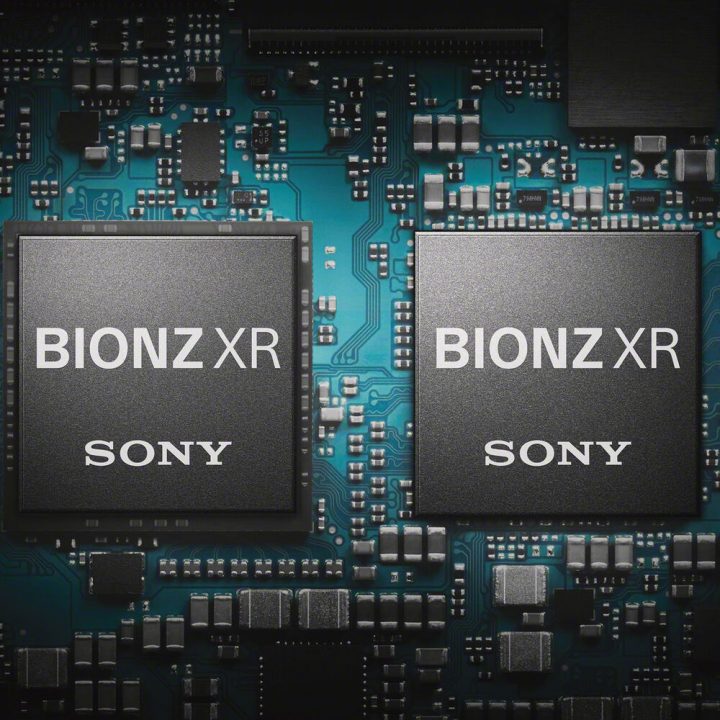
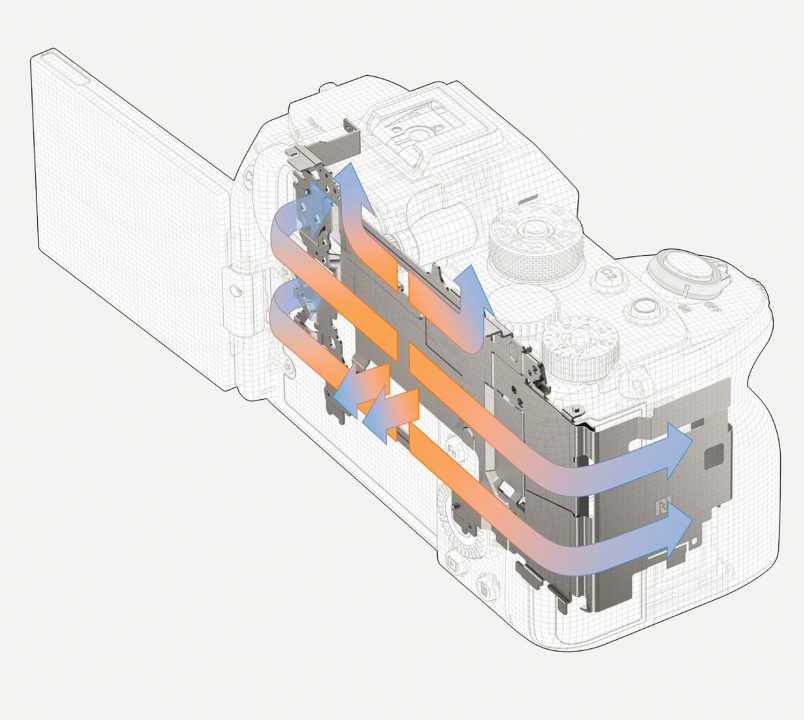
www.sony.com.au/alphavideo
Link to Australian Content
